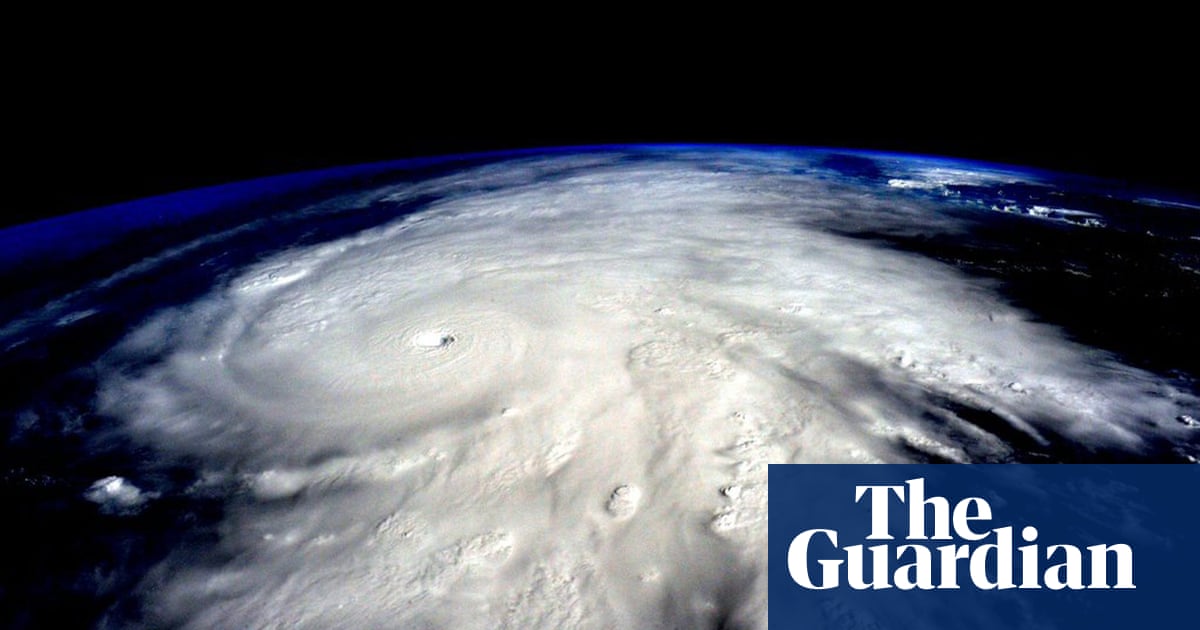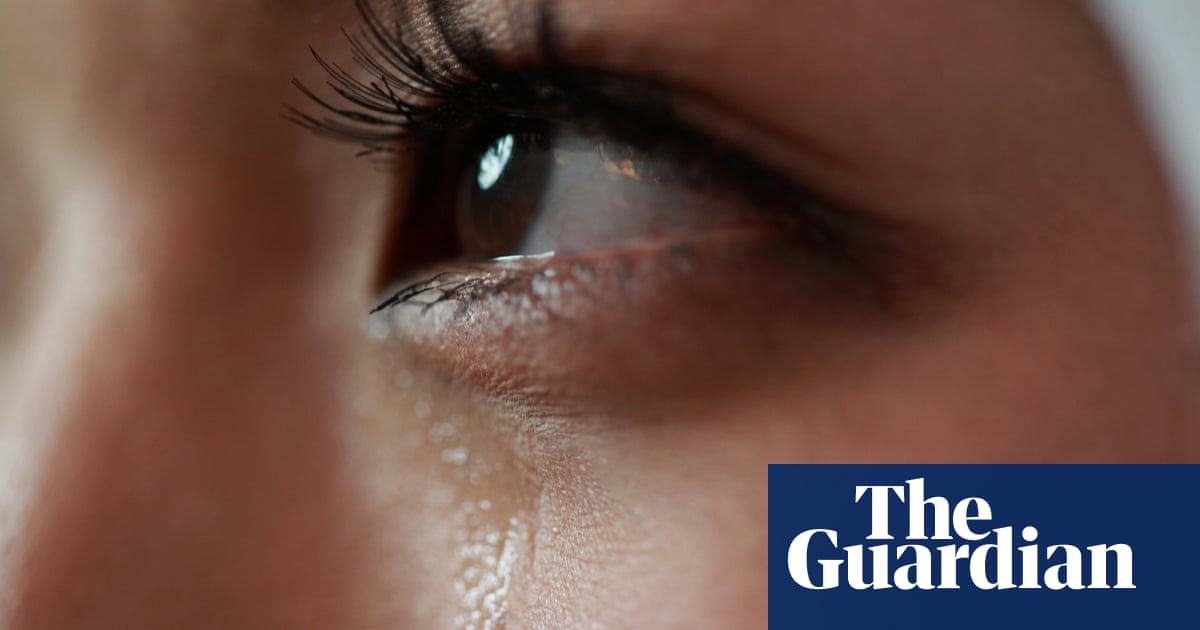
Hurricanes are becoming so strong due to the climate crisis that the classification of them should be expanded to include a “category 6” storm, furthering the scale from the standard 1 to 5, according to a new study.
Over the past decade, five storms would have been classed at this new category 6 strength, researchers said, which would include all hurricanes with sustained winds of 192mph or more. Such mega-hurricanes are becoming more likely due to global heating, studies have found, due to the warming of the oceans and atmosphere.
Michael Wehner, a scientist at the Lawrence Berkeley National Laboratory in the US, said that “192mph is probably faster than most Ferraris, it’s hard to even imagine”. He has proposed the new category 6 alongside another researcher, James Kossin of the University of Wisconsin-Madison. “Being caught in that sort of hurricane would be bad. Very bad.”
The new study, published in Proceedings of the National Academy of Sciences, proposes an extension to the widely used Saffir-Simpson hurricane scale, which was developed in the early 1970s by Herbert Saffir, a civil engineer, and Robert Simpson, a meteorologist who was the director of the US National Hurricane Center.
The scale classifies any hurricane with a sustained maximum wind speed of 74mph or more to be a category 1 event, with the scale rising the faster the winds. Category 3 and above is considered to include major hurricanes that risk severe damage to property and life, with the strongest, category 5, including all storms that are 157mph or more.
Category 5 storms have caused spectacular damage in recent years – such as Hurricane Katrina’s ravaging of New Orleans in 2005 and Hurricane Maria’s devastating impact upon Puerto Rico in 2017 – but the new study argues there is now a class of even more extreme storms that demands its own category.
They include Typhoon Haiyan, which killed more than 6,000 people in the Philippines in 2013, and Hurricane Patricia, which reached a top speed of 215mph when it formed near Mexico in 2015.
“There haven’t been any in the Atlantic or the Gulf of Mexico yet but they have conditions conducive to a category 6, it’s just luck that there hasn’t been one yet,” said Wehner. “I hope it won’t happen, but it’s just a roll of the dice. We know that these storms have already gotten more intense, and will continue to do so.”
While the total number of hurricanes is not rising due to the climate crisis, researchers have found that the intensity of major storms has notably increased during the four-decade satellite record of hurricanes. A super-heated ocean is providing extra energy to rapidly intensify hurricanes, aided by a warmer, moisture-laden atmosphere.
Wehner said the Saffir-Simpson scale was an imperfect measure of the dangers posed to people by a hurricane, which mostly come via severe rainfall and coastal flooding rather than the strong winds themselves, but that a category 6 would highlight the heightened risks brought by the climate crisis. “Our main purpose is to raise awareness that climate change is affecting the most intense storms,” he said.
The systems used to chart the world around us have been previously tweaked to reflect the rapid changes of the modern era. Australia’s bureau of meteorology added a new colour – purple – to its weather maps to account for ferocious heat, while just last week the US government’s Coral Reef Watch programme added three new alert categories to capture the increasing heat stress suffered by corals.
There is no indication there will soon be hurricanes officially classified as category 6, however. The US National Hurricane Center did not respond to a request for comment about the new study.












